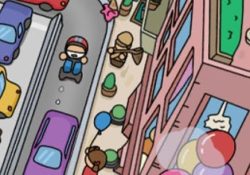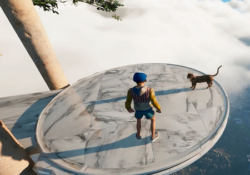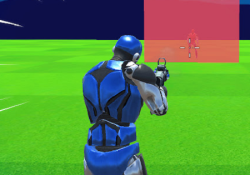Nejicomisimulator is an abstract first-person exploration game set in a distorted digital world. The player moves through fragmented environments filled with looping architecture, glitched surfaces, and symbols that appear without explanation. There are no clear goals or instructions, which encourages personal interpretation. Progress comes from observing, navigating, and triggering subtle environmental shifts that change how the space behaves.
Navigation And Player Experience
The core experience revolves around movement and discovery. The player walks, jumps, and occasionally interacts with strange objects that influence the environment. Some areas loop endlessly unless a certain trigger is found. Others collapse or shift when approached. The game rewards attention to detail and an open mind. Its lack of dialogue or text means all information comes from sound, visuals, and design patterns.
Common Features Within The Game
- Nonlinear level design
- Repeating paths and shifting rooms
- Ambient and reactive sound effects
- Fragmented geometry and broken physics
- No fixed narrative or dialogue
These features work together to form a world that changes based on player input, though not always in predictable ways.
Atmosphere And Interpretation
Much of Nejicomisimulator’s appeal comes from how players interpret its structure. Some see it as a metaphor for memory or consciousness. Others view it as a commentary on simulation or decay. The environment reacts in ways that feel intentional but lack a clear explanation, leading to different outcomes depending on how players approach their surroundings. Music and sound are minimal but serve to build tension or disorientation at key moments.
Visual Approach And Community Response
The game’s visual style blends low-resolution textures with deliberate graphical errors. Lighting is inconsistent, and walls may shimmer or tear apart as the player moves. This creates a mood that feels unstable but controlled. Since its release, Nejicomisimulator has built a small following of players interested in experimental digital spaces. The game stands out for offering an experience based on emotion and interpretation rather than goals or progression systems.




























